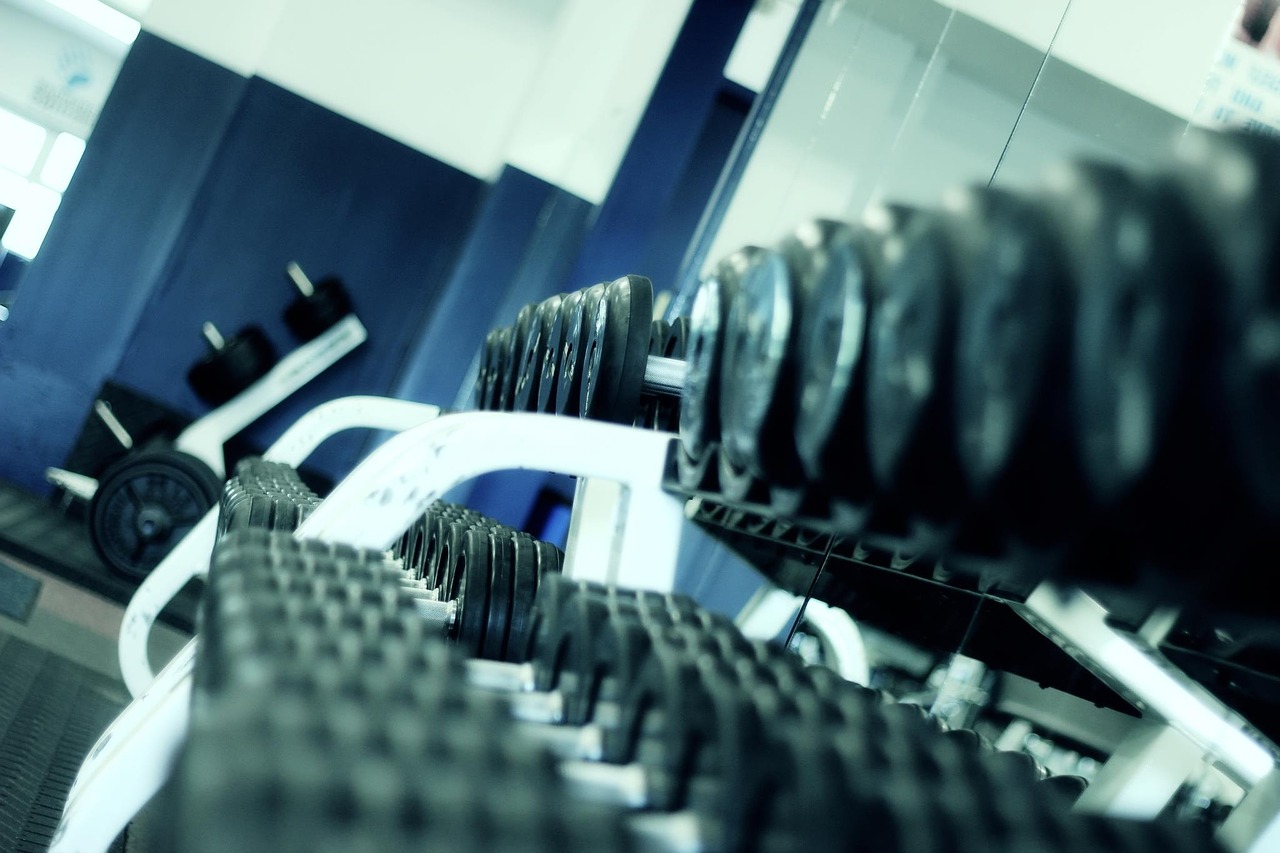In the world of athletics, there is always a search for an edge – something that will give athletes a competitive advantage. In recent years, velocity-based training has emerged as a potential game changer, providing athletes with the ability to improve their performance in a way that traditional training methods cannot. Read on to learn more about this cutting-edge approach to athletic development and how it can help you take your performance to the next level.
Contents
- 1 What velocity-based training is and how it works
- 2 The benefits of velocity-based training
- 3 How to start using velocity-based training in your own workouts
- 4 Examples of exercises that can be performed using velocity-based training
- 5 The future of velocity-based training and how it will continue to improve athletic performance
- 6 Conclusion
What velocity-based training is and how it works
Velocity-based training (VBT) is a type of training that uses measurable changes in movement speed to help athletes improve their performance. VBT is based on the principle that the faster an athlete can move, the more force they can generate. This type of training can help athletes to improve their explosive power, sprint speed, and overall athletic performance.
VBT is typically performed using weightlifting exercises, sprints, and plyometric jumps. The goal of VBT is to help athletes reach their maximal velocity (MV), or the fastest speed possible. To do this, athletes typically perform a set of repetitions at gradually increasing speeds until they reach their MV. Once they have reached their MV, they will continue to perform repetitions at that speed for a set period of time.
Velocity-based training can be an effective way to improve athletic performance, but it is important to note that it can also be very demanding on the body. As such, it is important to consult with a qualified coach or trainer before beginning any VBT program.
The benefits of velocity-based training
One of the main benefits of VBT is that it can help athletes to become more efficient in their movements. In other words, they learn to generate more force with less effort. This increased efficiency can then lead to improved performance, whether that means running faster, jumping higher, or throwing farther.
In addition to improved performance, VBT can also help to reduce the risk of injury. This is because VBT helps athletes to develop a better understanding of how their bodies move and react to different forces. As a result, they are better able to adjust their technique and avoid dangerous positions.
For all these reasons (among others), VBT is becoming an increasingly popular training method for athletes of all levels.
How to start using velocity-based training in your own workouts
If you’re interested in incorporating VBT into your workouts, there are a few things you need to do.
- First, you’ll need to find a good VBT coach or program.
- Second, you’ll need to purchase a quality VBT device. When it comes to selecting a device, accuracy and precision are vital. Devices like the Vitruve linear encoder (vitruve.fit) are a great place to start.
- Third, you’ll need to make sure that you’re using proper form when performing the exercises.
By following these steps, you can start using VBT in your own workouts and see significant improvements in your athletic performance.
Examples of exercises that can be performed using velocity-based training
Here are just a few examples of exercises that can be performed using VBT:
- Jumping squats: These are a great way to build lower-body power and explosiveness. To do them, simply squat down and then jump as high as you can. The sensors will measure how quickly you leave the ground and give you feedback on your performance.
- Bench press: This classic exercise can be made even more effective with VBT. By monitoring your movement speed, you can ensure that you are using the correct weight and performing the lift correctly.
- Plyometric push-ups: These are a great way to build upper body strength and power. To perform them, start in a regular push-up position and then explode upwards, propelling your hands off the ground. The sensors will measure the height of your jump and give you feedback on your performance.
For more info, there’s also a Velocity Based training guide of Vitruve available online which discusses how to get a strength-speed profile.
The future of velocity-based training and how it will continue to improve athletic performance
VBT has been shown to be an effective tool for improving athletic performance, and it is likely that this will continue to be the case in the future.
As VBT technology becomes more sophisticated, it will become increasingly able to provide real-time feedback and adjust training programs on the fly. This will allow athletes to train more effectively and make faster progress towards their goals.
In addition, VBT will become more widely available as the price of sensor technology continues to fall. As a result, we can expect to see a growing number of athletes using VBT to improve their performance in the future.
Conclusion
Velocity-based training is a relatively new type of training that has been growing in popularity in recent years. It is based on the principle that the velocity at which an athlete moves determines the effectiveness of the workout.
-There are many benefits to using velocity-based training, including improved athletic performance, increased strength and power, reduced risk of injury, and more efficient workouts.
-To start using velocity-based training in your own workouts, you first need to find out what your personal velocity thresholds are. Once you have those thresholds identified, you can start programming exercises accordingly. You can use a variety of exercises with this method, but some examples include squats, Olympic lifts, bench press, and pushups.
Hopefully this info has been helpful, and as always, enjoy your next workout!








Leave A Comment